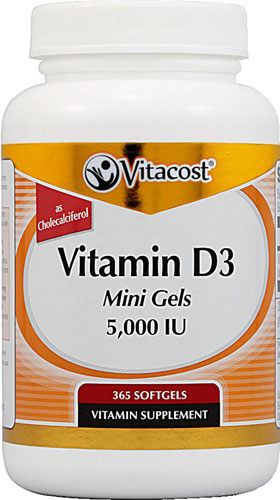Now that I have your full attention (!), care & nursing homes give their residents plenty to eat & drink, so they are not starving them to death in the conventional sense.
So, what
am I talking about? Clue:- UVB cannot penetrate window glass.
I'm talking about Vitamin D starvation.
At this time of year, care home residents are dying like flies. My sister (who worked in a care home years ago) told me that this is normal. Three died at mum's care home in the same week recently. All of the residents have one thing in common. They're all pale.
Old people feel the cold, so if they
do go outside between March and September, they're covered from head to toe in clothes. They synthesise minimal Vitamin D in their skins for their bodies to store. Then, between September and March, their bodies use up those stores. Vitamin D levels
decay exponentially , with a half-life of about 60 days. As Vitamin D levels fall, the
risk of getting viral infections greatly increases,
mood worsens,
aches and pains worsen,
blood glucose control worsens, the
risk of getting cancer greatly increases. Need I go on?
As Dr. Richard M. Cooper (Private GP, Harley Street) pointed out,
ALL of his patients were low in Vitamin D and they were active people who could go outdoors. Many care home residents can't go outdoors. They can get a paltry 400iu Vitamin D from an Adcal-D3 chewable tablet, but they're huge things that taste like sweetened chalk and cause constipation (mum hated them).
Death by Vitamin D starvation is a long, drawn-out process that reduces the quality & length of life for care home residents. Something needs to be done about it. All care home residents should have their serum Vitamin D levels tested and be given Vitamin D3 accordingly. I have broached this subject with the manager of mum's care home.
Mum's on 5,000iu/day of Vitamin D3. Although she is now fairly
non compos mentis, she still smiles a lot and laughs at my dreadful jokes. She is also infection-free.
Here's the transcript of a YouTube video that's since been removed.
"At this care home, they're proud of their varied menu. Even so, the Government recommends supplements for the over 65's as well as children under 3 and women who are pregnant or breast-feeding. But health charities are demanding clearer guidelines and better advice. Because research into Vitamin D deficiency has revealed associations with all sorts of conditions, including Multiple Sclerosis, Diabetes, Arthritis, Osteoporosis, Heart Disease and even some cancers."
Dr Carrie Ruxton (Award-winning dietitian and health writer. Media commentator on diet,
food and nutrition issues. Advisor to the food industry and government) said:-
"What I think the Government should do is promote its own policies. It had a policy for years to recommend Vitamin D supplementation for vulnerable groups, like elderly, housebound and pregnant & lactating women and children but at the moment, that's not being done. In my own example, I was pregnant twice and nobody told me to take Vitamin D supplements."
This is unacceptable. As the manager at mum's care home is not responsible for the residents' supplementation, I will be taking this up with the MP for the area.
Update: I spoke to the nurse on Friday 2nd March about mum's medical history. Before Vitamin D3, mum had a Urinary Tract Infection in the previous 9 months. Since Vitamin D3, mum has had no medical problems and she has been happy & contented. Her serum Vitamin D level is in the normal range.
 I haven't the foggiest idea! I found the image using Google Image search and it's called blurry-1.jpg.
I haven't the foggiest idea! I found the image using Google Image search and it's called blurry-1.jpg.





